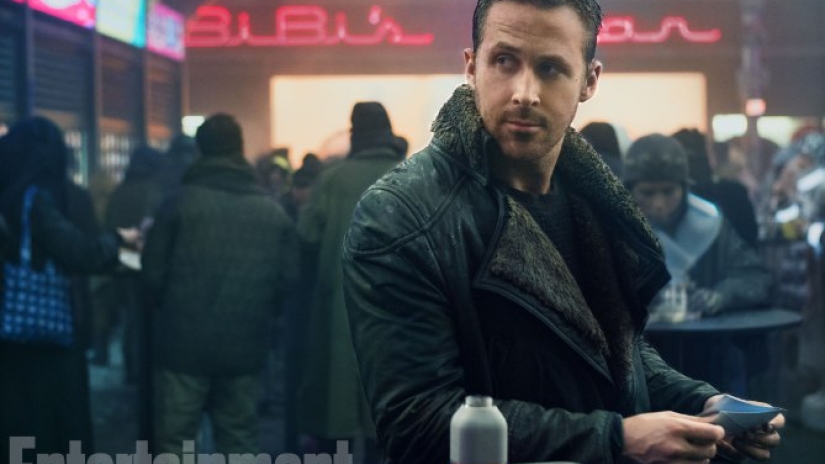Thirty-five years. That’s how long fans of Ridley Scott’s 1982 neo-noir classic Blade Runner have mulled over the question of whether or not Rick Deckard (Harrison Ford) is a replicant. Today, they might finally get their answer — or simply find themselves further entrenched in the long debate for another few decades, despite Ridley Scott having voiced his own authoritative opinions on the matter. Regardless, for fans of the ’82 film, Blade Runner 2049 is going to be something special. A trip down memory lane with some intriguing new twists and turns that delve deeper into the original’s themes of human consciousness and identity. For the uninitiated, however, things might get a little ugly.

There’s no getting around it: Blade Runner 2049 is long. Maybe excruciatingly so, at times — but damn is it worth the price of the large theater soda you use to force yourself awake through a midnight screening. The film gracefully builds on the familiar world longtime fans have often dreamt of revisiting. While not a household name like Nolan or Fincher, director Denis Villeneuve does the original justice without simply churning out a carbon copy. The callbacks to the 1982 film can be a bit in your face, especially in some of the more drawn out shots, but there’s something nostalgic about those lifeless Los Angeles streets tinted blue from the neon signs and almost sentient advertisements that fill the skyline.
It’s in these familiar streets where K (Ryan Gosling) is tasked with continuing Rick Deckard’s work of hunting down replicants in the same brutish way, all set to a sometimes haunting synth-heavy score composed by Benjamin Wallfisch and the incomparable Hans Zimmer.
While the original provided a template for future science-fiction films in terms of a dystopian aesthetic, there isn’t much groundbreaking innovation in that aspect in 2049. This doesn’t mean the film still isn’t a sight to behold. If nothing else, the film is absolutely gorgeous. The CGI is smooth and clean and there’s some interesting use of holograms throughout, especially when the film finds itself in a Mad-Maxian take of Las Vegas.

The film progresses rather slowly and the character interactions are what really propel forward the film, which likely prides itself on not being like the countless other Hollywood productions which are filled with gratuitous explosions and action scenes that move things along. Beyond Gosling’s fittingly robotic performance, one that sees him distant and perpetually preoccupied with his own existence, there is a pretty incredible supporting cast which make the nearly three-hour flick less of a drag. Robin Wright (House of Cards, The Princess Bride) continues to be a timeless and versatile gem in her portrayal of K’s cold commanding officer, Lt. Joshi. Jared Leto is unsurprisingly creepy as the new industry leader in creating replicants, Niander Wallace, who is never without his own replicant bodyguard, Luv, played menacingly by Sylvia Hoeks. Rounding out the people in K’s life is his A.I girlfriend Joi, played by Cuban actress Ana de Armas, whose character is often the source and medium of the film’s food for thought and is one of the more intriguing and fleshed out characters. Oh, and of course, watching Harrison Ford kick some ass at 75 in his reprisal of Rick Deckard is worth the price of entry alone.
Like the original, you’ll either love it or hate it. But Blade Runner 2049 is certainly good enough to support the idea that this dystopian world still has the potential for expansion and more stories—and dollars, by extension. But maybe, just maybe, we can afford to NOT make a cinematic universe out of this corner of cinema and let sleeping replicants lie.
 Mario Avalos is a senior at Florida International University, pursuing a Bachelor’s degree in English Literature, along with certificates in Film Studies and Professional and Public Writing.
Mario Avalos is a senior at Florida International University, pursuing a Bachelor’s degree in English Literature, along with certificates in Film Studies and Professional and Public Writing.
